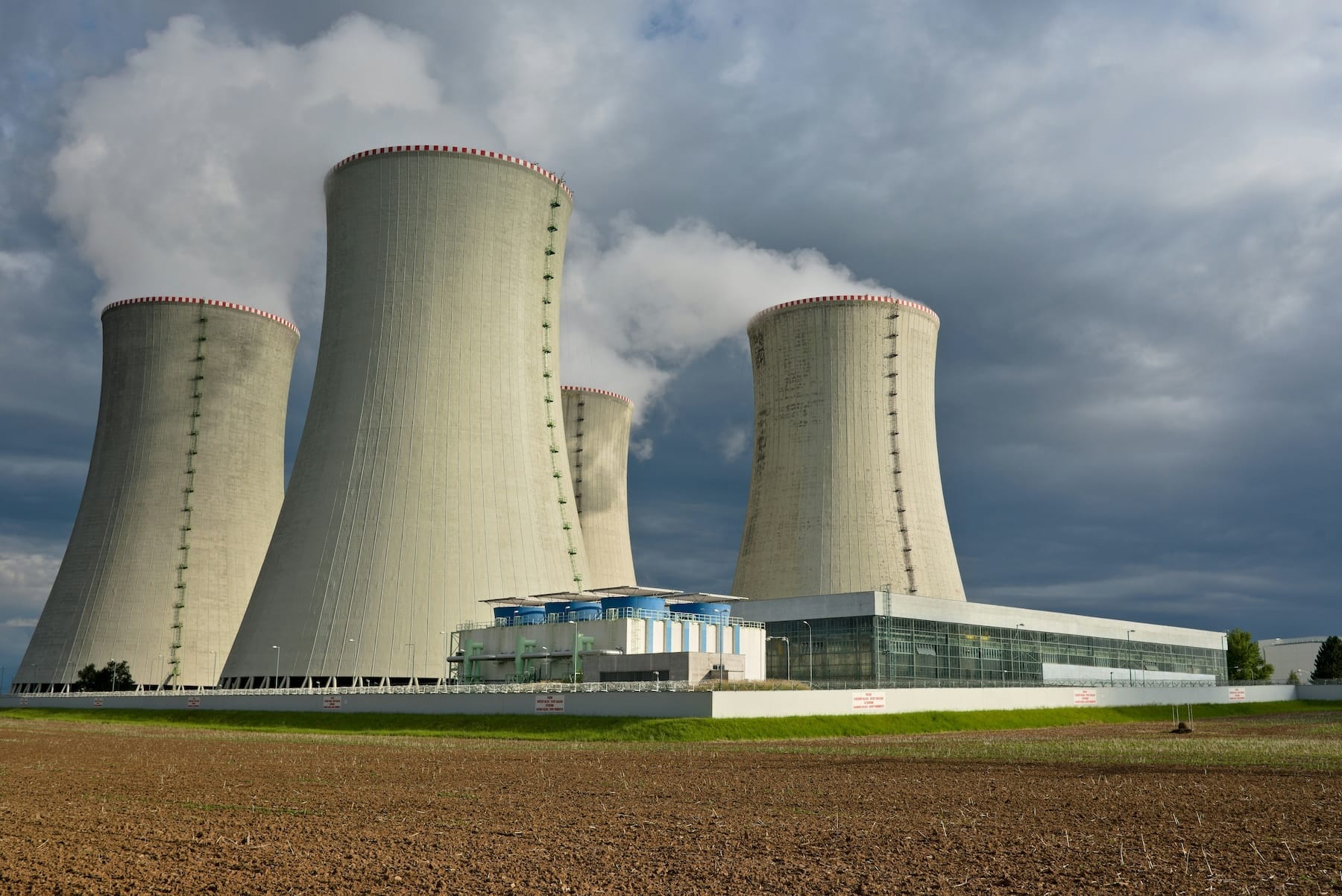Certainly! Here’s the translation:
—
The recent blackouts in Europe, the rise of carbon capture technologies, and the strategic shift toward decentralized and secure energy mark a new phase in the transformation of the energy sector.
The global energy system is at a pivotal moment. In just a few weeks, a series of events have highlighted both its innovative potential and its most fragile points: from blackouts that paralyzed parts of Southern Europe to the definitive emergence of technologies like carbon capture and storage (CCUS). At the same time, the European Commission is accelerating its strategy to move away from dependency on Russian fossil fuels. All of this is happening in a context of accelerated digitalization, massive electrification, and exponential growth in demand driven by artificial intelligence.
Blackouts Challenging Energy Resilience
At the end of April, a sudden drop in electricity generation in Spain caused a blackout that affected essential services like public transport, hospitals, and airports. The scale of the impact —millions of people affected— once again highlighted the systemic risk posed by the fragility of electric grids in a world increasingly dependent on digitized energy.
The rise of generative AI, data centers, electric vehicles, and new forms of distributed production (like photovoltaic self-consumption) are straining an infrastructure that urgently needs to evolve toward smarter, more flexible, and resilient models.
From the World Economic Forum, the Power System Transformation initiative advocates for systems capable of sustainably balancing supply and demand by leveraging digital technologies such as sensors, artificial intelligence, distributed storage, and predictive management.
Carbon Capture: From Concept to Reality
The CCUS technology (carbon capture, utilization, and storage) is finally moving from paper to reality. In 2024, according to the International Energy Agency (IEA), pioneering projects began or became operational in sectors traditionally difficult to decarbonize, such as natural gas and the cement industry.
Some of the most notable milestones include:
- The UK greenlit the first natural gas power plant with integrated CO₂ capture.
- In China, the first capture system in a cement plant became operational.
- Indonesia and Kenya launched their first CCUS projects.
- New funding pathways were unlocked to scale this technology.
But the road is long: to meet climate goals, global CCUS capacity needs to increase by more than 100 times in the coming decades, warns the IEA.
The EU Redefines Its Energy Independence
On the geopolitical front, the European Commission is preparing to present its roadmap to gradually reduce imports of Russian gas as part of its energy independence strategy. Meanwhile, the United States and Norway are emerging as strategic suppliers of liquefied natural gas (LNG), in an effort to diversify flows and ensure stability against future conflicts.
This shift aligns with the push for clean energy, energy storage, and green hydrogen as key components of the transition. In this regard, countries like Japan are developing hydrogen societies, with pilot projects ranging from electric mobility to heavy industry.
Cybersecurity and Automation: A Dual Challenge
The growing digitalization of the energy sector brings an increased risk of cyberattacks. The case of the Colonial Pipeline in 2021 already highlighted that a digital vulnerability can paralyze key physical infrastructures. And more recently, the blackout on the Iberian Peninsula has raised concerns about the need to reinforce the cyber resilience of interconnected networks.
With the expansion of connected operating systems (OT), smart sensors, and real-time predictive algorithms, protecting digital assets in the sector becomes a strategic priority. Threats based on generative AI, such as deepfakes or sophisticated phishing, are already part of attackers’ arsenals.
Conclusion: Towards Intelligent, Sustainable, and Secure Energy
The convergence of technological, geopolitical, and climate factors has transformed the energy sector into one of the central axes of global debate. The challenge is not just to ensure supply but to do so safely, efficiently, and environmentally responsibly.
In this context, technologies such as AI, smart storage, distributed generation, CCUS, and cyber-secure energy systems are not just complements: they are the critical infrastructure of the 21st century.
The energy transition is no longer an option. It is a race against time where countries and companies that invest in innovation will determine the difference between leading the future or falling behind.
Source: World Economic Forum and Noticias Madrid
—

